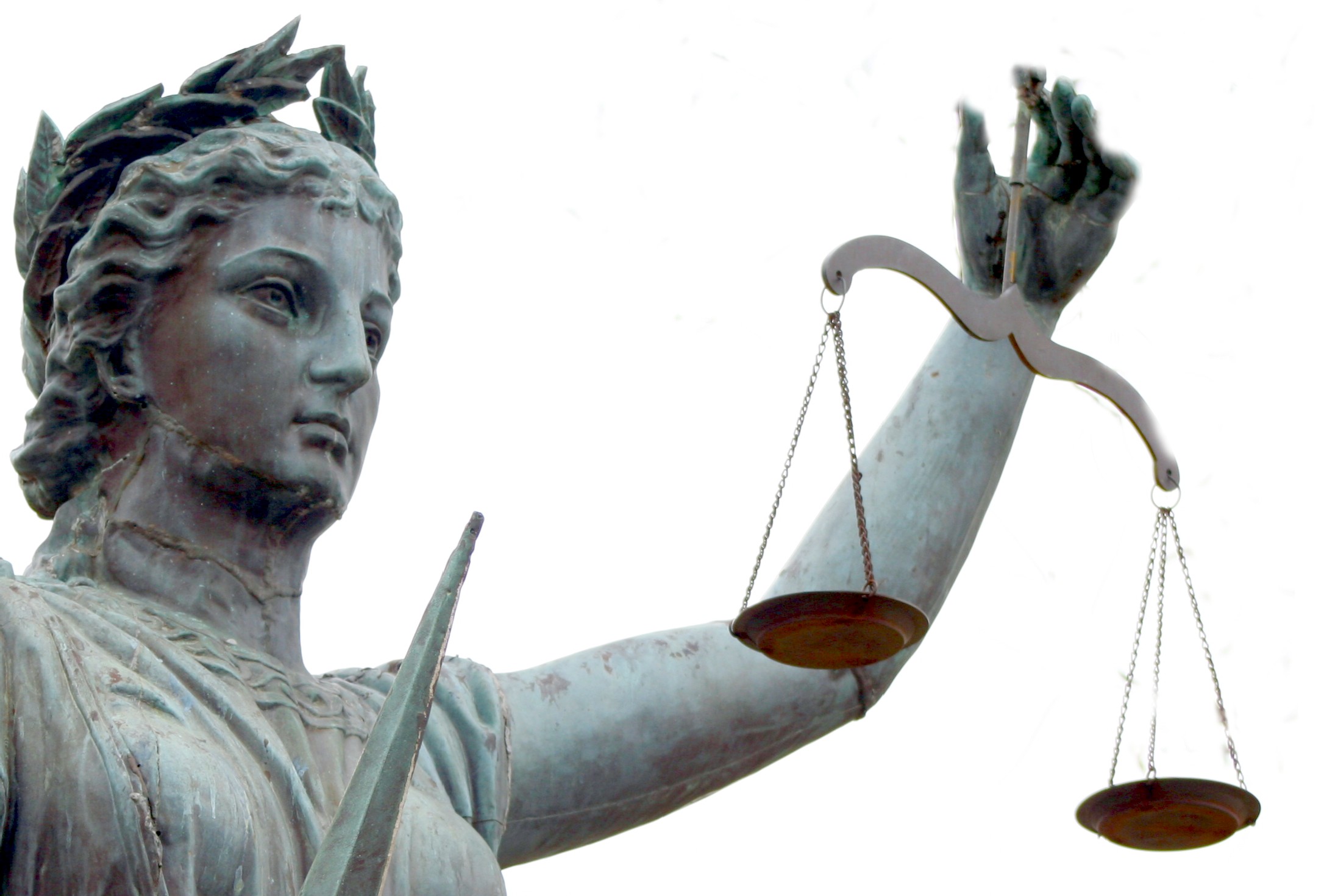Defamation Act 2013: Free Speech or Reputation?
– Anamaria-Mitina Mihaita (LLB Law, Newcastle University) mihaita_ana@yahoo.com
The Defamation Act 2013 has been expected with interest, as the law of defamation before the Act was uncertain and unfair. In addition, the recommendations in the Leveson Report added further concern about the enactment of a law which would bind the press and, consequently, sacrifice freedom of expression in a democratic society. After the Leveson Inquiry, the press was threatened to be imposed with heavy regulations and harsh controlling measures. However, the Defamation Act 2013 turns out to be a useful tool to create a fair balance between freedom of expression and the right to a good reputation. The 2013 Act is still under discussion and the reason is straightforward. In defamation law, decisions are never easy as judges have to make a ‘tragic choice between right and right’. In some cases, it can appear to be subjective or even arbitrary. For this reason, a strong and clear basis is needed. In light of this, it is beyond doubt that the act is a desirable development of the law.
The law before the 2013 Act was archaic and unbalanced, which resulted in chilling effects and the oppression of legitimate debate. This is the result of years of lopsided law in favour of the right to a good reputation. As a result of this, the case law in this area has become an obstacle for judges who want to shift the balance. A concrete example is the case of Reynolds v Times Newspapers Ltd where the courts tried to expand the protection of freedom of expression. However, judges found themselves constrained by the antique law and precedent. Consequently, judges’ desire to modernise the law by stretching the meaning of the words lead to a mistaken association of modern ideas such as ‘freedom of expression’, ‘public interest’ and the archaic idea of ‘privilege’. Despite the difficulties encountered, Reynolds v Times Newspapers Ltd was in fact a step towards the creation of a fair balance.
The law was in need of a statutory reform in order to achieve the balance our century requires. Therefore, as Lord McNally suggested, the Defamation Act 2013 brought the tort of defamation into the 21st century, creating a more balanced and fair law. This has been achieved by the introduction of new statutory defences and the abolition of old ones. An example of this is the substitution of the defence of fair comment by the defences of honest opinion and scientific publications. This new law offers a more specific protection to scientists as it has been long requested. It is a desirable situation because science publications are more theory-based than fact-based. Moreover, the abolition of the jury unless judges request it, the clarification of the first publication rule and the protection of website operators are just few examples that prove a desirable modernisation of the law. Although controversial, the former measure is meant to remove any type of sympathy-winning cases. It is an attempt to put justice in the most neutral hands. Overall, the changes brought by the 2013 Act have been created to add certainty without destroying flexibility. The original position of the English law with regards to defamation has definitively changed. However, the 2013 Act does not impose a sudden and unexpected change, but it codifies an on-going modernisation of the law.
The Act has not escaped criticism. Timothy Pinto thinks that the new act of defamation is a ‘boost for free speech’. He supports the idea that the UK’s Defamation Act 2013 will likely benefit the media, intermediaries, and scientific and academic publishers. Under the new law, he claims, companies are likely to find it difficult to succeed if they have been defamed. Moreover, he wrote that the act is ‘a boost for free speech’ because of the new requirement of proving harm and the numerous statutory defences. These changes, in his view, will work against the claimant and against the right to a good reputation. Pinto’s expectations of the Act are, in fact, too high and unrealistic. The utopian idea that an Act could address any possible scenario and could create a real balance on paper is unhealthy and impossible. Even if a perfect balance could be created in theory, its application lays in the hands of judges. For this very reason, the Defamation Act 2013 modernises the law by imposing statutory solutions but also by leaving the text open to interpretation. The 2013 Act recognises the importance of the judiciary’s discretion in the implementation of the law on a case-by-case basis. Pinto is, however, not alone in this view. Sarah Lyall believes that the act is a danger for the right to a good reputation. The new public interest defence, in her view, allows defendants to publish defamatory statements and avoid liability proving that the statements were believed to be in the public interest. However, Lyall does not take into account the judiciary intervention. To my mind, the 2013 Act provides a good basis for the tort of defamation. The defence of public interest does nothing else but introduce a subjective and more malleable defence. This new approach is necessary in a society where events are subjective, unclear and in continuum change. In light of this, Simon Singh’s statement that “now [there is] legislation which will change the landscape of free speech in Britain”, appears to be the overall feeling among publishers.
In conclusion, pursuing the perfect law is a naïve scope which ignores the human factor. The Defamation Act 2013 is an important piece of legislation which fills the gaps of the old law and provides a modern basis for further developments. Whether the Act will work in favour of freedom of expression, or in favour of a fair balance is yet to be seen within the case law.
